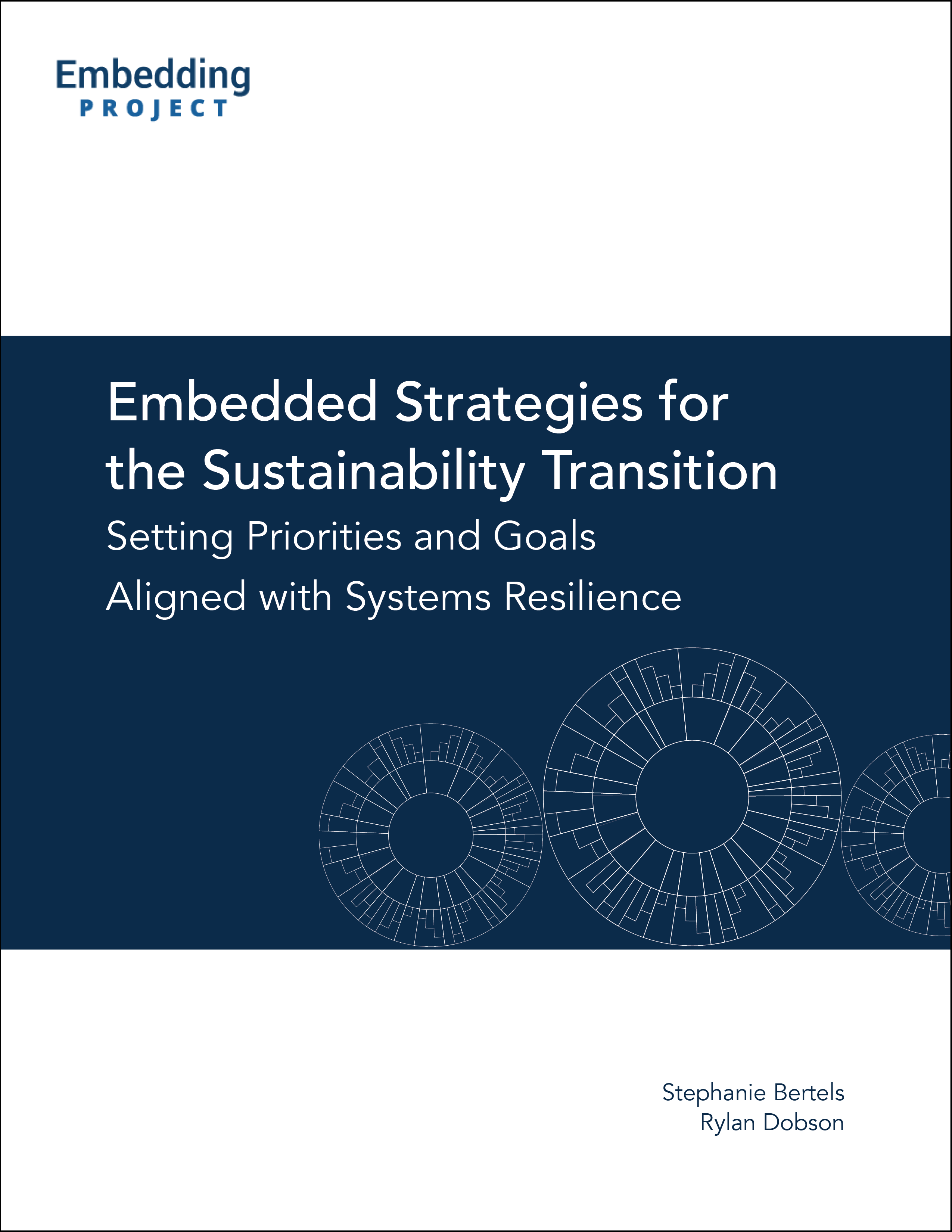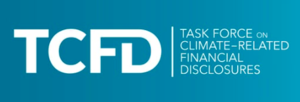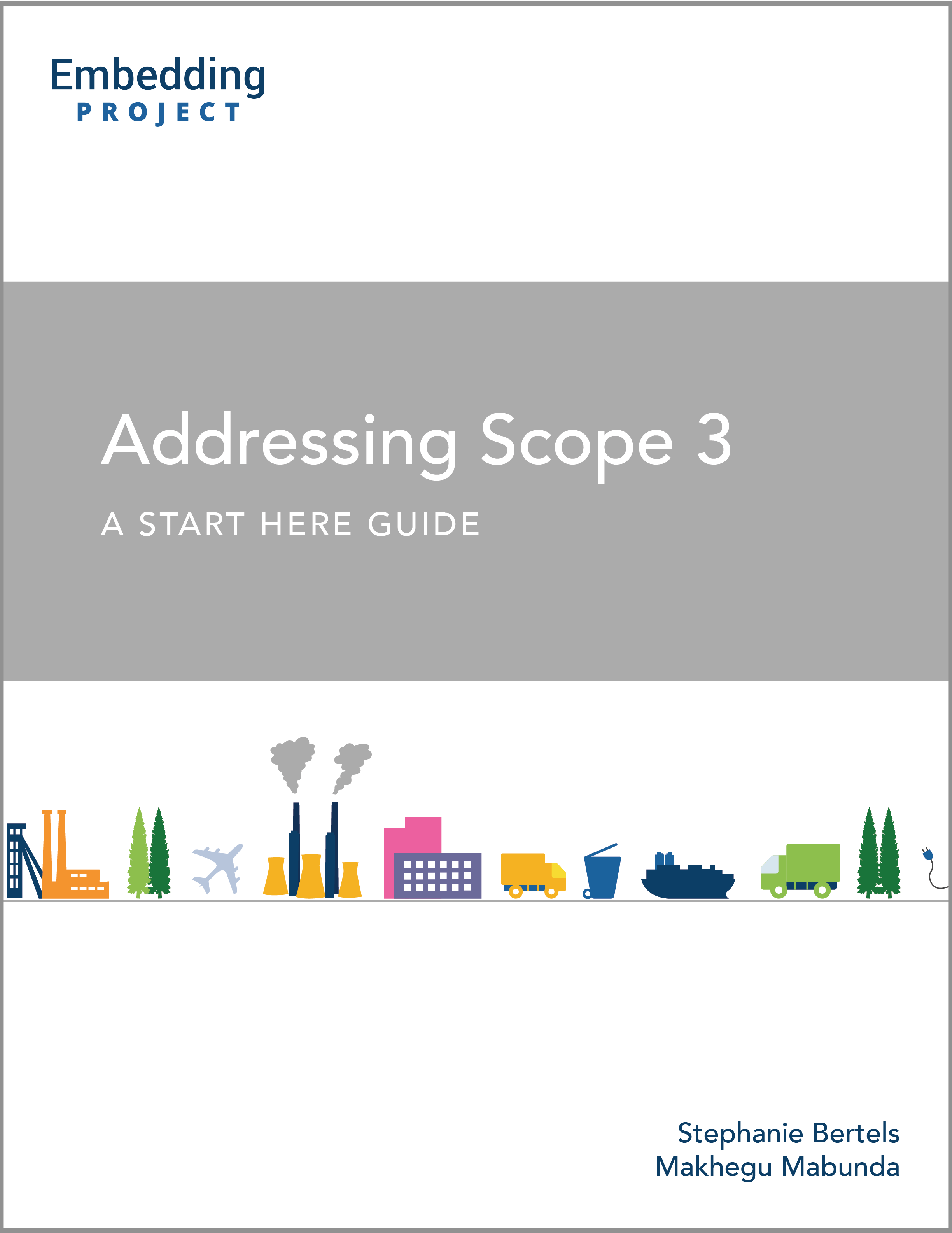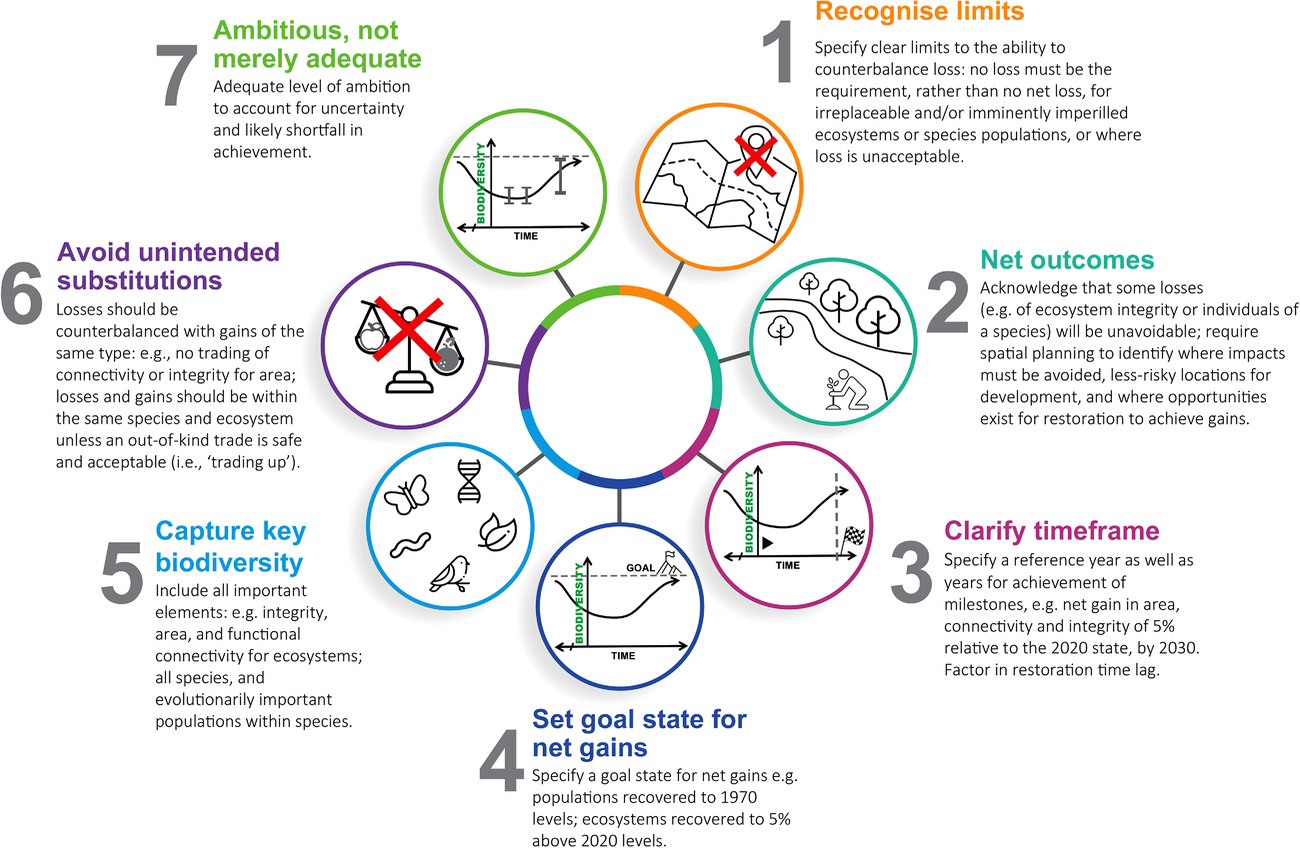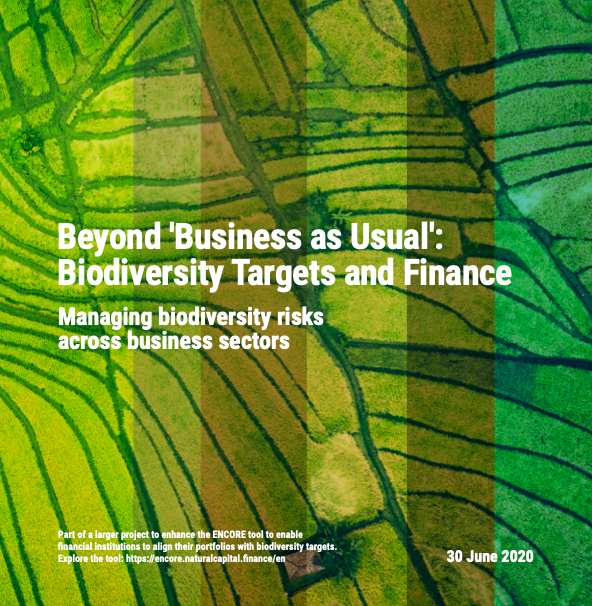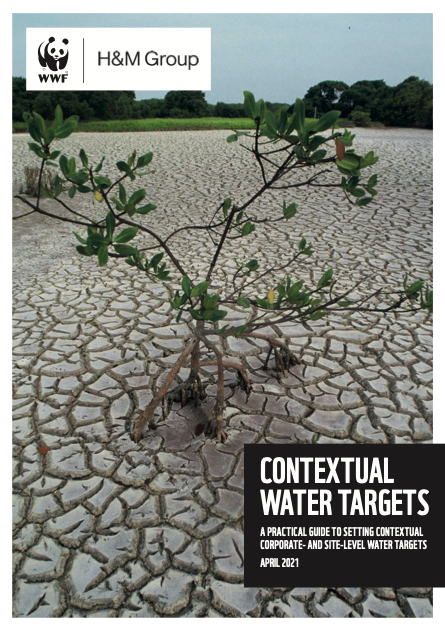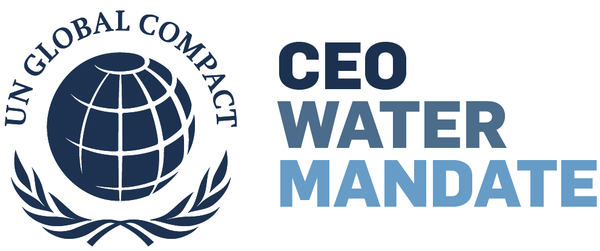Set Goals
Description
These resources will help you to identify and develop credible goals and interim targets that adhere to relevant social and environmental thresholds and clearly outline the actions your company will take, including the scale, scope, and pace of change.
Share this Practice on:LinkedIn
Resources
Understanding Corporate Sustainability Goals
Sustainability Goals Database
Are you designing new goals or interested in benchmarking your goals against leading practice? To help advance progress in setting credible goals, we will maintain a public goals database containing leading sustainability goals and commitments set by large companies globally. Search by issue, company, industry, goal type, or SDG target.
If you are aware of goals that take a credible approach that should be featured in our database, please let us know.
Embedded Strategies for the Sustainability Transition
It is time for companies to take a very different approach to corporate strategy.
Our new Embedded Strategies guide helps companies respond to the growing calls for businesses to articulate their purpose and their strategy in alignment with the need to shift the global economy towards the reduction of inequality, a rapid climate transition, the preservation of biodiversity, and the elimination of waste.
This guide will help you to develop a contextual strategy and goals that ensure your company is doing its part to maintain the resilience of key social and environmental systems.
Building on our Road to Context guide with insights from 300+ interviews with senior executives, CEOs, board chairs, and directors, as well as our experiences supporting companies around the world, it outlines resources and tactics that can help your company to scan for emerging issues and risks; understand their implications for your business; understand your impacts and your potential for positive influence; prioritise where it makes sense to direct your efforts; and set your strategy and goals in alignment with delivering systems value.
Framework for Strategic Sustainable Development: Backcasting
What does your company need to do today to be sustainable in the future? This resource from the Natural Step outlines how starting with a vision of what success looks like can help build consensus and unlock innovation in a future bound by social and ecological constraints. The resource also offers a useful animated clip explaining the concept of backcasting.
SDG Compass
The SDG Compass aims to provide guidance to companies to help align their strategies and measure their contributions to the Sustainable Development Goals. This guide, Step 3 (setting goals), focuses on setting specific, measurable, and time-bound corporate sustainability goals across the organisation.
SDG Ambition Guide
This guide establishes an initial set of benchmarks that can help your company to set the kinds of ambitious goals and targets that are required to achieve the SDGs by 2030.
The SDG Ambition Benchmark Reference Sheets complement the Ambition Guide. These sheets explain the business value of each respective benchmark; provide illustrative details on the steps for integrating each of the SDG Ambition Benchmarks into your company’s business systems; feature examples of leading industry efforts; and highlight preliminary actions and key questions related to integration and implementation.
SDG Pathfinder
This fully annotated thematic index identifies policy documents and data published by the OECD and its partner IGOs that correspond with one or more of the 17 Sustainable Development Goals. Users can also do a "deep dive" into SDG sub-topics; for example, SDG 5 - Gender Equality - includes sub-topics such as “women entrepreneurs,” “gender stereotypes,” and “unpaid care work.”
This tool also features an SDG Topic Map, which will help you to understand the connections between SDGs and create a reader’s list of inter-related resources.
Targeting Value: Setting, Tracking & Integrating High-Impact Sustainability Goals
This comprehensive report from SustainAbility provides clear insights on the value of setting, pursuing, achieving, and reporting on sustainability goals. The report explores current best practices for ensuring goals deliver maximum business value and broader societal impact, explains the value of context-based goals, identifies key barriers to setting high-impact goals, and offers methods for overcoming them.
The Reporting Exchange
Developed by WBCSD and now a part of ESG Book, the Reporting Exchange is a free online platform that connects you to reliable, comparable information on sustainability reporting requirements and resources. The platform provides detailed, up-to-date coverage from 60 countries and across dozens of sectors, and will help change agents, investors, and leaders within your company who want relevant resources for comparing, preparing, and delivering corporate sustainability reports. The platform's global database contains mandatory and voluntary disclosure requirements, sustainability ratings, rankings, and indexes, and allows you to connect, share, and track relevant updates.
Setting Strong Sustainability Goals Can Feel Hard. It Doesn’t Have To.
Customers, employees, communities, and even shareholders are demanding meaningful corporate action on sustainability. This blog post lists seven straight-forward questions to help you assess your company’s existing goals, or to consider as you develop your next round of sustainability goals.
An Analysis of the Goals and Targets 2022
This comprehensive guide is an excellent resource for disclosing the links between your company's sustainability activities and their contributions to the Sustainable Development Goals (SDGs) in a straightforward and simple way. It provides detailed information on existing and established disclosures that businesses can use to report in connection with SDG targets, including metrics used by the CDP, SASB, UN Guiding Principles, World Benchmarking Alliance, World Business Council for Sustainable Development, and the World Economic Forum. It also identifies existing gaps where established disclosures are not yet available.
Setting Climate Goals
Science Based Targets
Building on the momentum of the Science Based Targets initiative (SBTi), the Science Based Targets Network (SBTN) is a collaboration of 45+ global non-profits and mission-driven organizations working together to develop guidance to set science-based targets for all of Earth’s systems. Science Based Targets has created a five-step target-setting framework that helps you to assess; interpret and prioritise; measure, set, and disclose; act upon; and track your science-based goals. They have also created sector-specific guidance and target monitoring for companies and financial institutions.
At present, Science Based Targets helps companies to develop their goals based on the latest science: SBTi specifically focuses on GHG emission reduction goals, and SBTN specifically focuses on nature positive goals, with target-setting guidance for land, biodiversity, and freshwater. Their respective websites provide comprehensive resources, cases, and support for taking credible action.
The Net-Zero Standard
The Science Based Targets initiative’s (SBTi) Corporate Net-Zero Standard includes the guidance, criteria, and recommendations companies need to set science-based net-zero targets consistent with limiting global temperature rise to 1.5°C. The framework consists of four parts: 1) setting near-term interim science-based targets for rapid, deep emissions cuts, 2) setting long-term science-based targets that align with reaching net-zero at the global or sector level by 2050 or sooner, 3) neutralizing residual emissions, and 4) taking action to mitigate emissions beyond the value chain. This resource also includes specific sector guidance for setting science based targets, as well as guidance for updating and communicating targets. It should be noted that SBTi has reduced their restrictions related to acceptable carbon removal practices, including offsetting, but the document highlights that only the final 5-10% of emissions may be neutralized this way in order to qualify as net-zero.
The Task Force on Climate-related Financial Disclosures
Momentum is growing for organisations to formally and transparently articulate the risks that climate change poses to the value of their assets and their future profitability. The Task Force on Climate-related Financial Disclosures (TCFD) emerged as a response to this call for action, empowering companies to more effectively measure and evaluate their own risks and those of their suppliers and competitors. The TCFD promoted “consistent, comparable, reliable, clear, and efficient” voluntary climate-related financial disclosures, and has developed comprehensive recommendations and resources in support of this. These resources focus on governance, strategy, risk, metrics, targets, and the use of scenario analysis for evaluating climate-related financial risks and opportunities.
The TCFD has produced a comprehensive Final Recommendations report and several supplemental reports, including a Technical supplement, which provides in-depth information and tools for using scenario analyses to understand the strategic implications of climate-related risks and opportunities to your organisation.
Although these resources remain to be an invaluable source of guidance, the Financial Stability Board (FSB) and IFRS have announced that the TCFD has fulfilled its remit and disbanded, and that monitoring of the progress of corporate climate-related disclosures now rests with the IFRS Foundation's ISSB.
Addressing Scope 3: A Start Here Guide
A guide for leaders of companies of all sizes to understand the basics of Scope 3 emissions and how companies should begin to take credible action. The guidance is anchored in the real-world experience of companies that are already navigating this journey.
Future-Fit Business Benchmark
The Future-Fit Business Benchmark is a free open-source tool grounded in systems science, and is designed to help companies assess where they are relative to necessary levels of environmental and social performance. The Benchmark includes an Action Guide and Methodology Guide that outline categories of positive environmental and social impacts and help companies articulate and quantify their unique contributions in a consistent framing (Positive Pursuits). It also describes areas of environmental and social footprint that represent risk areas to businesses and external stakeholders until they are addressed (Break-Even Goals). The Benchmark guidance also aligns with the UN SDGs. By using Future-Fit's guidance and metrics, companies can clearly understand and credibly communicate their contribution to the SDGs.
Climate Confident: "The importance of Climate related goals for organisations - a chat with Prof Stephanie Bertels"
In this episode of the Climate Confident (formerly Climate 21) podcast, Stephanie Bertels - Founder and Executive Director of The Embedding Project - discusses why climate change matters, why it's an immediate and pressing issue for all businesses, and why companies need to build capacity now if they want to achieve long-range targets that meet the needs of the planet. She discusses these topics within the context of our Sustainability Goals Database, and explains the criteria we use and the trends we are seeing in corporate goal setting. This podcast is a great introduction to our Goals Database, and will especially benefit those whose organisation is in the process of developing their own climate change-related goal(s).
Setting Nature and Water Goals
Science-Based Targets for Nature: Initial Guidance for Business
There is an inextricable link beween the crises of climate change and nature loss, and yet a sizeable gap remains for information that supports companies with protecting and restoring nature. Towards meeting this challenge, the Science Based Targets Network has published interim guidance to help companies set targets that account for biodiversity, freshwater use, and ocean and ecosystem integrity. This guidance is modelled from the SBTi framework, and includes a five-stage process that will help you to assess, prioritise, measure and set targets, and take action, as well as track your progress, impacts, dependencies on environmental systems.
Setting robust biodiversity goals
The global biodiversity framework (GBF) that is being developed under the Convention on Biological Diversity intends to ensure that by 2050 humanity is 'living in harmony with nature'. However, the authors of this paper argue that the draft goals and targets - as they are currently articulated - do not specify explicit, measurable goals that can credibly achieve this outcome. This paper makes the case for distinct outcome goals for species, ecosystems, and genetic diversity, and it outlines seven general principles to underpin smart and effective net outcome goal-setting. These principles can help you to better understand the benefits and shortcomings of broad "net outcome" goals (such as "no net loss") and can support your process for creating and implementing credible biodiversity goals.
Beyond 'Business as Usual': Biodiversity Targets and Finance
This report from the United Nations Environment Programme (UNEP) and the Natural Capital Finance Alliance (NCFA) was created to highlight the need for banks, insurers, and investors to set strong biodiversity targets. This resource can help you to understand why nature is important to financial institutions; which sectors have the greatest impact and dependence on biodiversity; and how to use this knowledge to inform biodiversity target-setting.
Contextual Water Targets: A Practical Guide to Setting Contextual Corporate- and Site-Level Water Targets
This guide from the WWF builds upon their Putting Water Strategy into Context report and introduces a five-step target-setting framework that can help you to draw on local water context to set contextual water targets at both a corporate- and site-level. The guide also provides a primer on other commonly used water–related targets types (non–contextual, contextual, and science–based) and explains how they relate and can complement one another.
Setting Site Water Targets Informed By Catchment Context: A Guide For Companies
The world’s water resources are under growing pressure, and a growing number of companies are setting catchment-based water targets to help secure water for the growing needs of all users. If your company is looking to address its water impact from a contextual perspetive, this guide is an excellent starting point. The guide explains fundamental definitions; explains the elements most crucial for setting site water targets that reflect the catchment context; and includes a "stoplight" system for early, high-level assessment of water challenges. A separate set of case studies are also available.
Share this Practice on:LinkedIn
